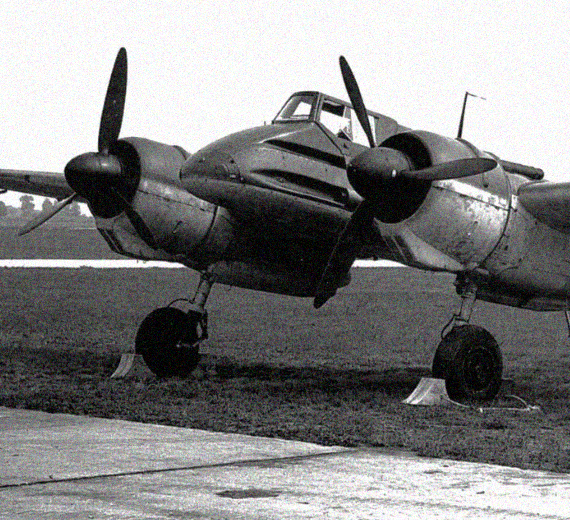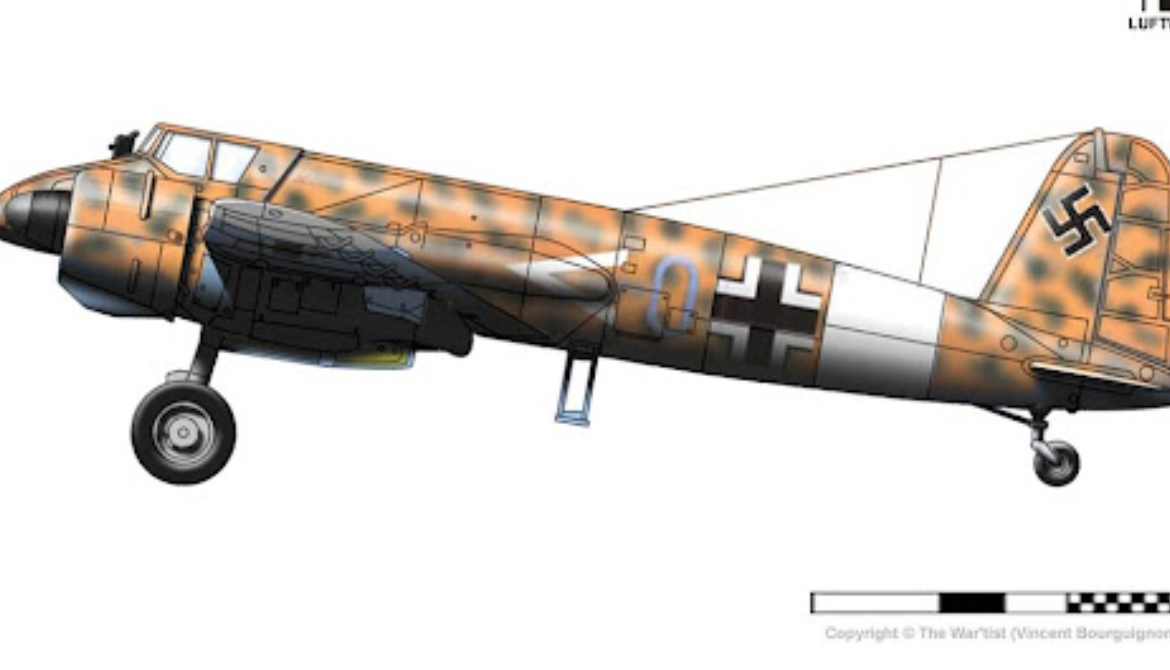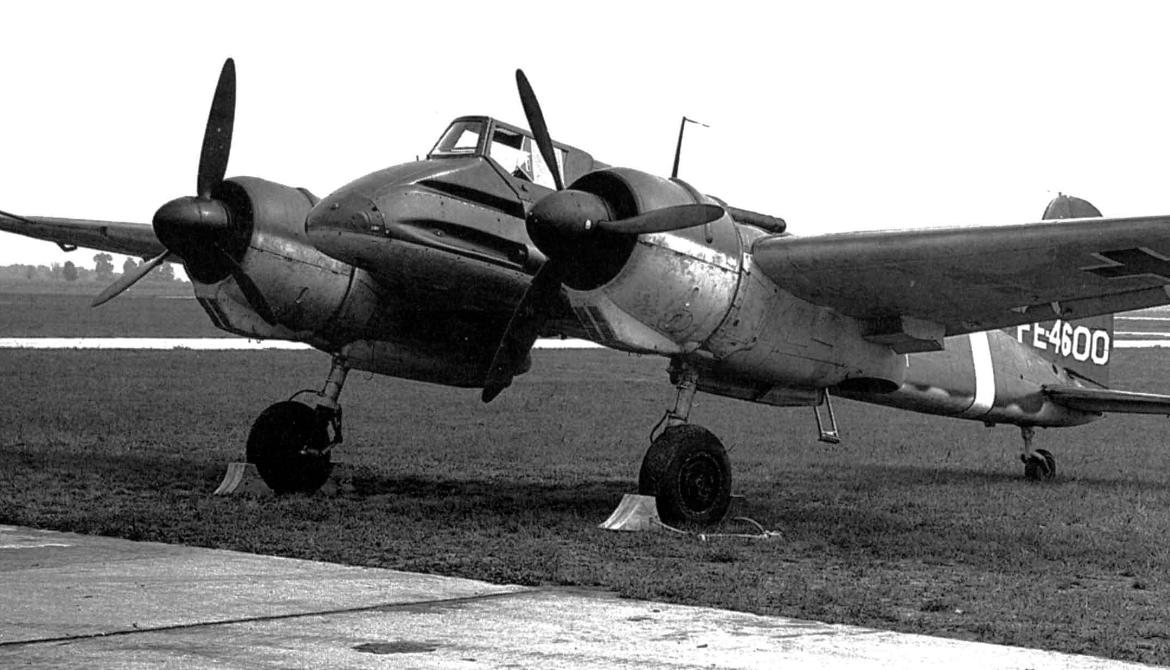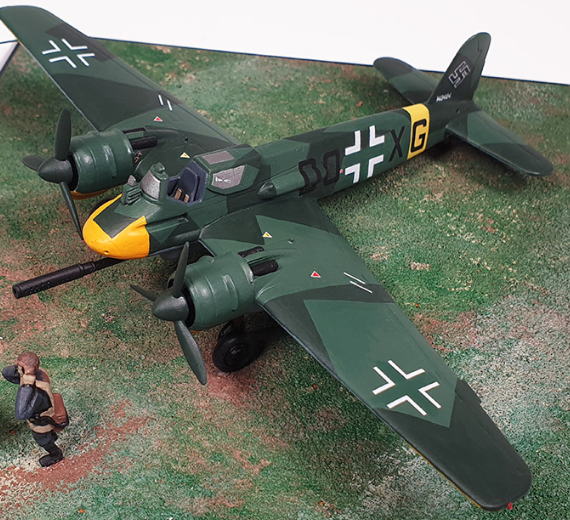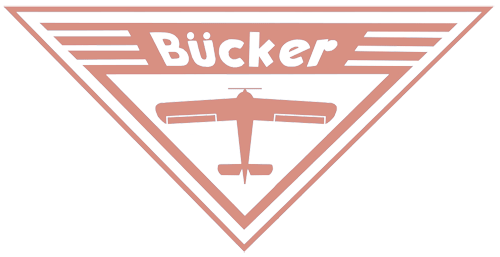Albatros Flugzeugwerke
Albatros D.V fighter
 |
|
| Albatros D.Va reproduction at Duxford Air Show, 2012 | |
| Role | Fighter |
|---|---|
| Manufacturer | Albatros Flugzeugwerke |
| Designer | Robert Thelen |
| First flight | April 1917 |
| Primary users | Luftstreitkräfte Kaiserliche Marine Polish Air Force Ottoman Air Force |
| Number built | c. 2,500 |
| Developed from | Albatros D.III |
.
History Albatros Flugzeugwerke GmbH
Albatros D.V is a fighter aircraft
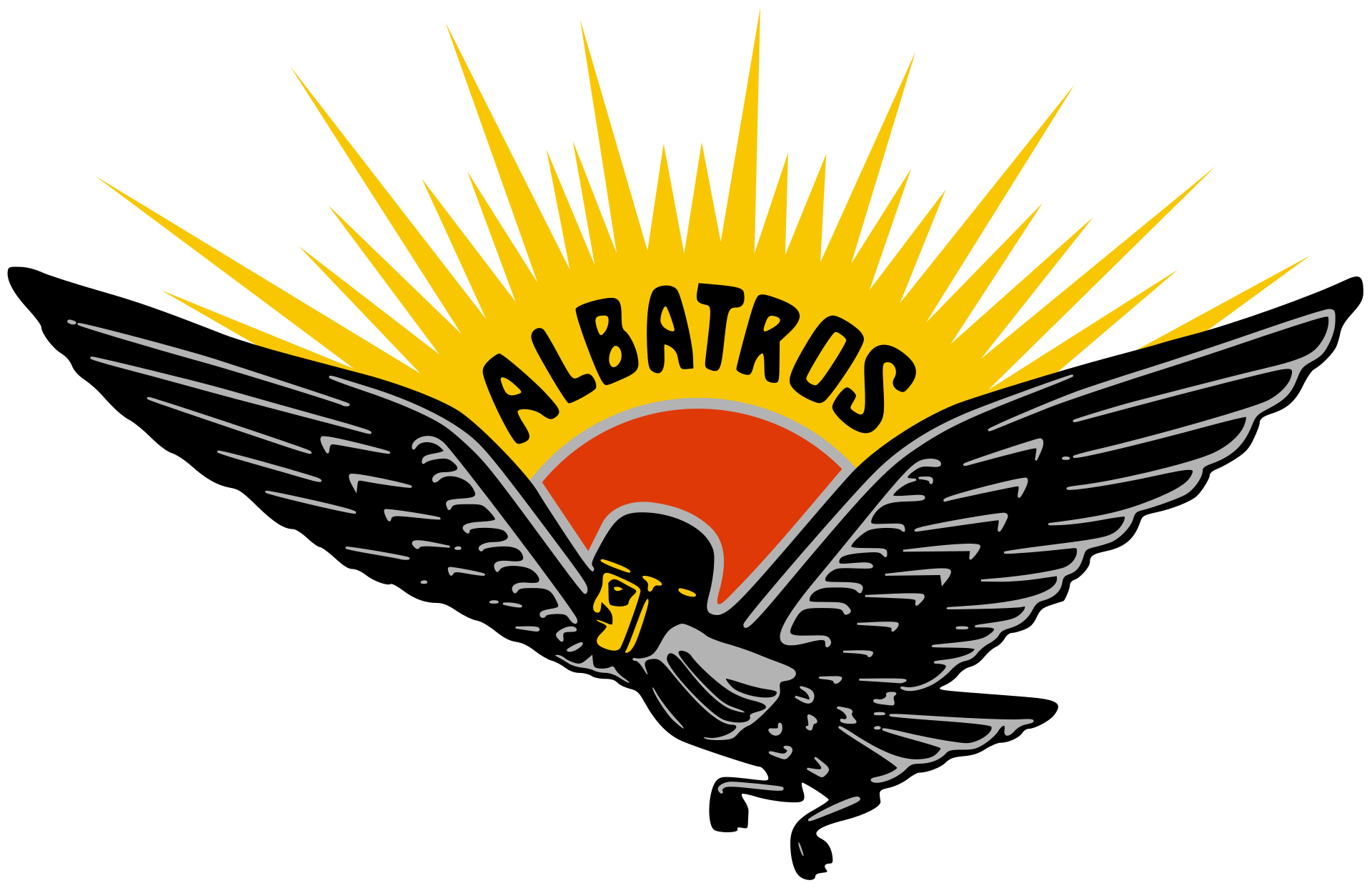
The Albatros D.V is a fighter aircraft of the German aircraft manufacturer Albatros Flugzeugwerke. It was the final development of the Albatros D.I family and the last Albatros fighter to see operational service with the Luftstreitkräfte (Imperial German Air Service) during the First World War.
The D.V was developed from the D.III during early 1917. Sharing many similarities to its predecessor, the most visible change was its new elliptical cross-section fuselage. The D.V was brought into service in May 1917 but early operations were plagued by structural failures of the lower wing. With its limited performance improvements this resulted in pilots expressing their preference for the older D.III. Albatros produced the improved D.Va with modifications for greater structural strength, although some structural concerns remained.
Despite its well-known shortcomings and general obsolescence, approximately 900 D.V and 1,612 D.Va aircraft were produced at the Johannisthal and Schneidemühl factories before production was terminated in April 1918. The D.Va continued to fly in German hands until the end of fighting with the Armistice of 11 November 1918. The Polish Air Force and Ottoman Air Force also operated the type. A pair of original D.Va aircraft have been preserved and some airworthy reproductions have been built.
Operational history

The D.V entered service with the German Air Force in May 1917 but losses attributed to structural failures of the lower wing occurred. The aviation historian Jon Guttman said "Within the month Idflieg was doing belated stress testing and concluding, to its dismay, that the D.V’s sesquiplane wing layout was even more vulnerable than that of its predecessor". The outboard sections of the D.V upper wing also suffered failures, requiring additional wire bracing and the fuselage sometimes cracked during rough landings. Against these problems, the D.V offered very little improvement in performance. Front line pilots were considerably dismayed and many preferred the older D.III. Manfred von Richthofen was critical of the new aircraft in a July 1917 letter, where he described the D.V as "so obsolete and so ridiculously inferior to the English that one can't do anything with this aircraft". British tests of a captured D.V revealed that the aircraft was slow to manoeuvre, heavy on the controls and tiring to fly
Operators
- Polish Air Force (postwar)
0
KmCeiling
0
KmCombat RANGE
0
Km/hAircraft Speed
0
Max Crew
Photo Gallery
Albatros Flugzeugwerke GmbH
Albatros D.V is a fighter aircraft


Albatros Flugzeugwerke GmbH
Albatros D.V Fighter aircraft WW1
Info He-111 H-6
-
-
- Crew: 1
- Length: 7.33 m (24 ft 1 in)
- Wingspan: 9.05 m (29 ft 8 in)
- Height: 2.7 m (8 ft 10 in)
- Wing area: 21.2 m2 (228 sq ft)
-
Powerplant
-
- Empty weight: 687 kg
- Gross weight: 937 kg
- Powerplant: 1 × Mercedes D.IIIaü piston engine, 150 kW (200 hp)
- Propellers: 2-bladed wooden propeller
-
-
-
Performance
- Maximum speed: 186 km/h
- Endurance: 350 km
- Service ceiling: 5,700 m
- Rate of climb: 4.17 m/s
- Time to altitude: 1,000 m in four minutes
.
Links to Youtube & Others
It is believed serial D.7161/17 served with Jasta 46 before being captured sometime in April or May 1918. In 1919, the aircraft was presented to the De Young Memorial Museum in San Francisco, California.
Albatros D.V
is a fighter aircraft
Cole Palen built a flying replica for his Old Rhinebeck Aerodrome (in Bavarian ace Hans Böhning's colour scheme.
Youtube Link
Cole Palen built a flying replica for his Old Rhinebeck Aerodrome (in Bavarian ace Hans Böhning's colour scheme.
